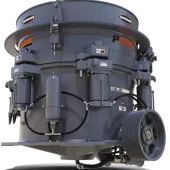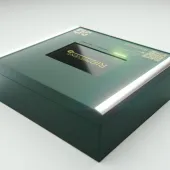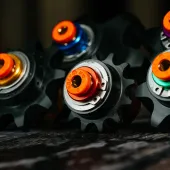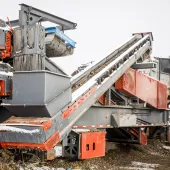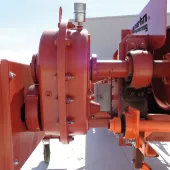New conveyor belt skirting system from Martin Engineering
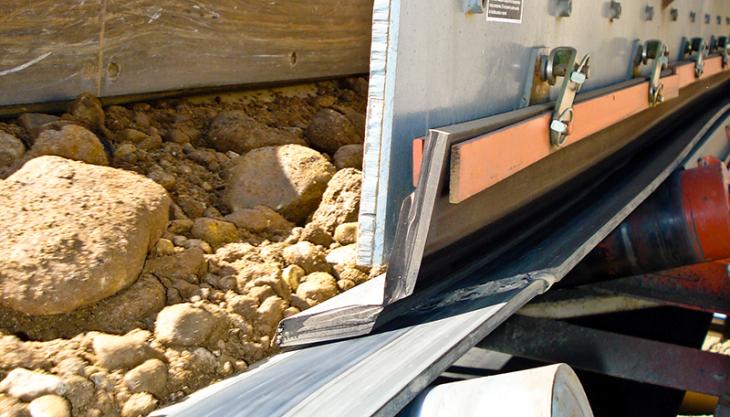
Latest self-adjusting skirting system offers improved efficiency and reduced maintenance
MARTIN Engineering have introduced a new conveyor belt skirting system designed to fit virtually any conveyor with a constant tight seal to the belt, minimizing spillage and equipment downtime.
The company’s skirting unit self-adjusts to rubber skirt wear, regardless of material volume and size diversity, allowing it to be an adaptable solution for an entire bulk material processing system across many different industries.
‘As bulk material is processed, the conveyor belt speed, load and volume can change, which can affect the integrity of the skirting seal,’ said Dave Mueller, senior product specialist. ‘One skirting system across the whole line that adjusts automatically to these diverse variations significantly reduces the number of man hours needed to maintain it.’
As the friction from the belt wears down the seal strip of standard skirting systems, workers have to shut down the conveyor and use tools to manually adjust it. Without this type of regular maintenance, fugitive material escapes from the belt, getting into bearings and other components that may cause expensive and unnecessary production delays.
Martin Engineering say they have solved this problem by using a pressure arm attached to a clamp plate to create a constant belt seal, thus eliminating the need for manual adjustment.
The skirt requires just 1.25in (33mm) of free belt area, making it an ideal fit for conveyors with chutes close to the belt edge. A durable EDPM rubber sealing strip is 0.75in (19mm) wide and provides 2in (51mm) of wear life at speeds of up to 700 ft/min. The sealing strip is supplied in continuous lengths up to 100ft, reducing the chances of leaky joints.
‘Other skirts require manual adjustment which means near-constant monitoring,’ said Mr Mueller. ‘By designing a self-adjusting skirting system, customers not only save time and money on maintenance, but also mitigate the potential for injury and liability during monitoring.’
According to Martin Engineering, changing the rubber sealing strip on most standard conveyor skirting systems typically requires multiple tools and, in some cases, will need two workers, depending on the size and position of the conveyor.
Martin Engineering have designed a simple rubber clamp assembly that requires no tools to change the sealing strip. The low-profile skirting assembly needs only 6in (152mm) of clearance, allowing installation of skirts in restricted space areas. The whole unit is compact with the clamp assembly (wear strip and pressure plate) measuring 48in (1,219mm) in length, and each clamp section having built-in plug-weld guides to simplify installation.



